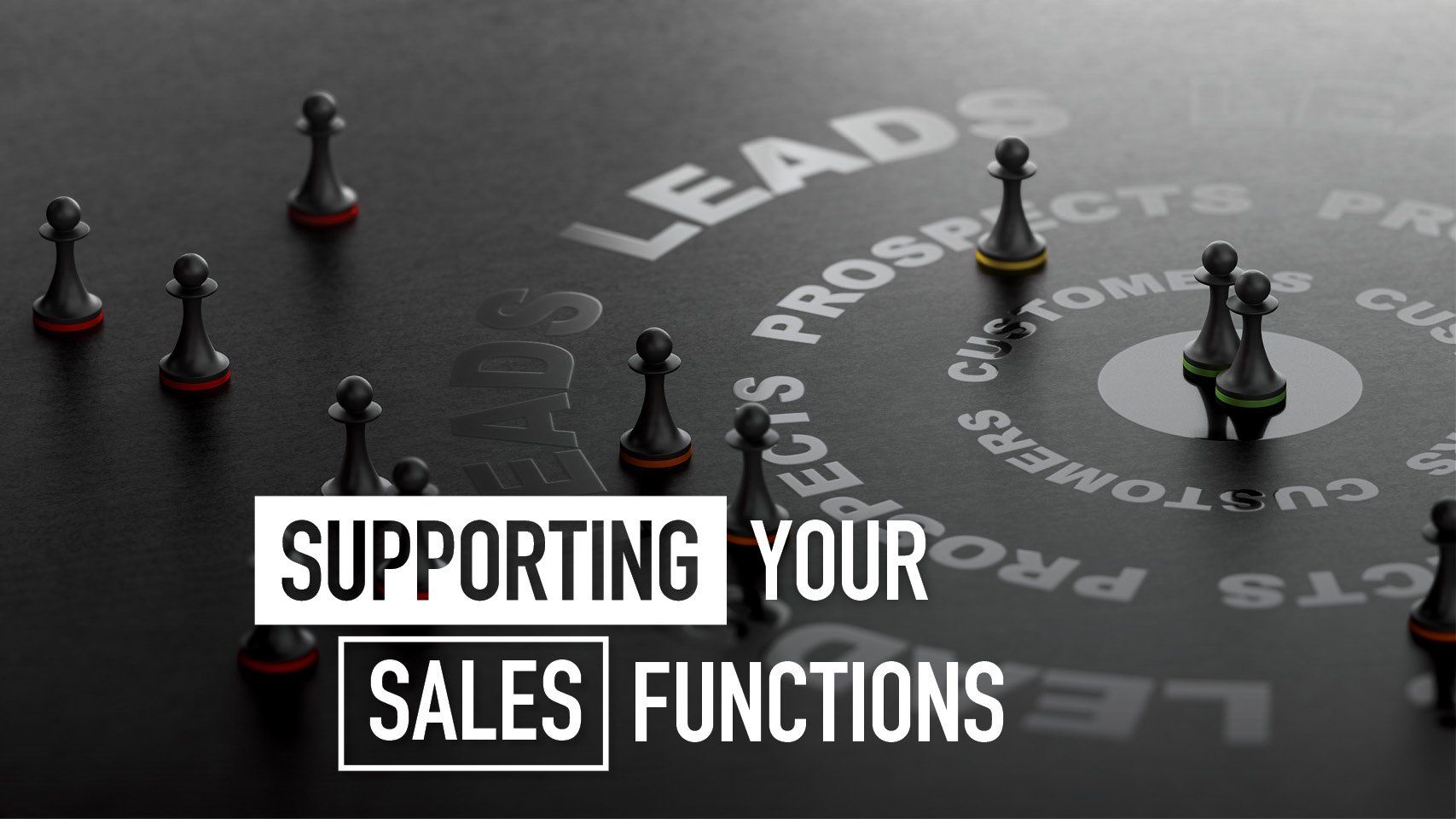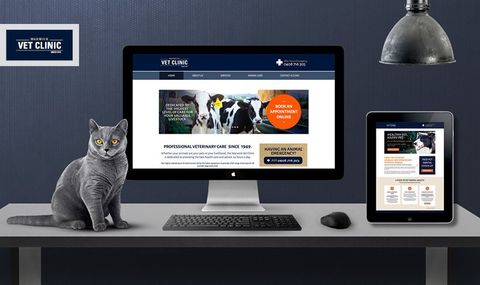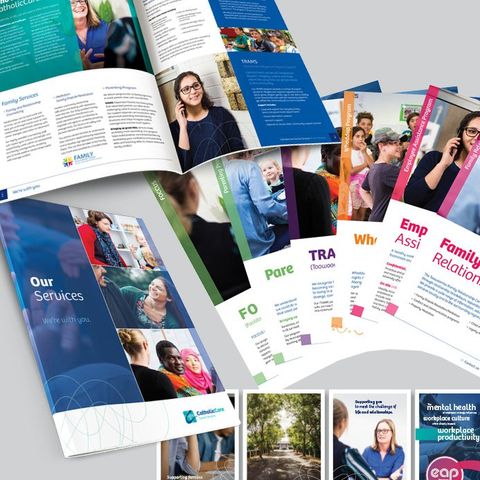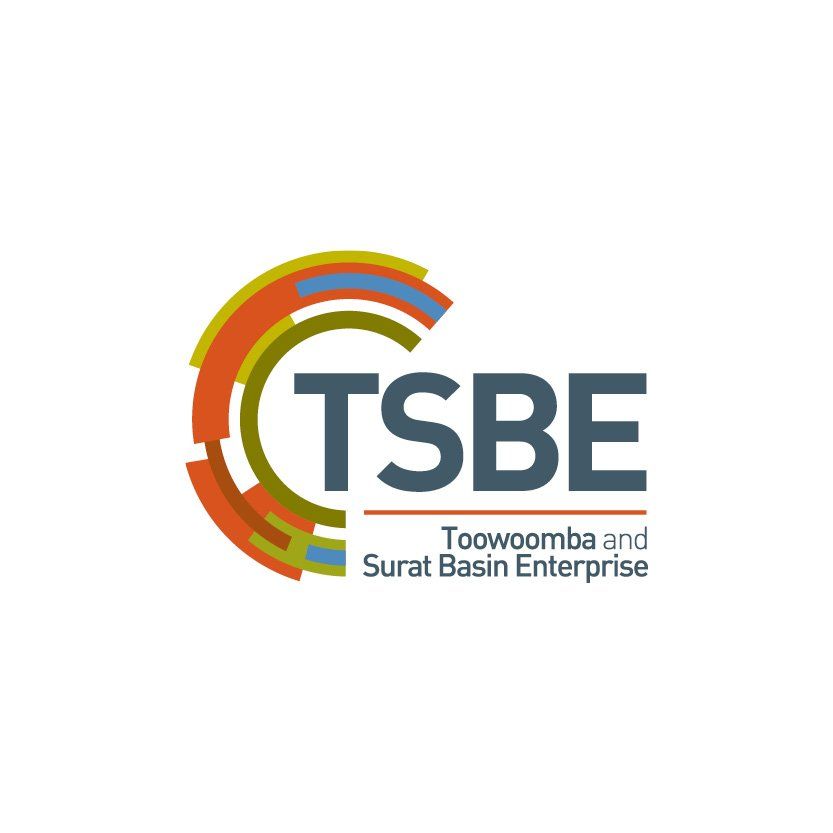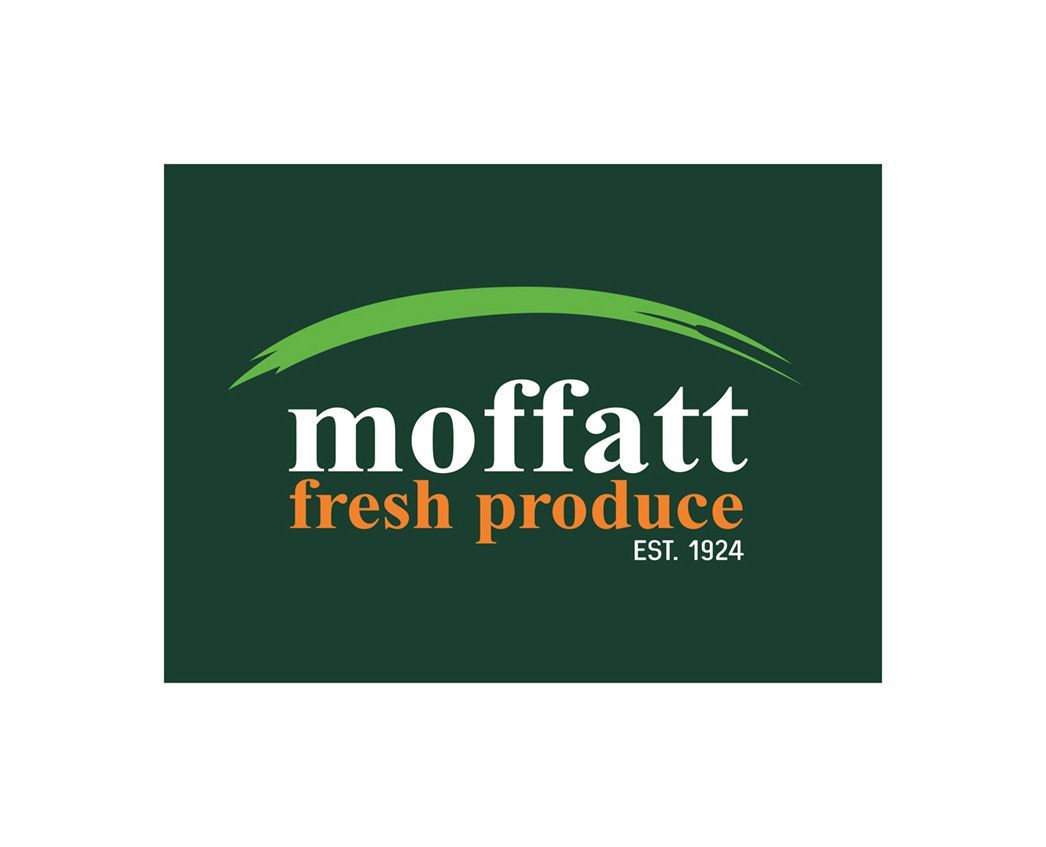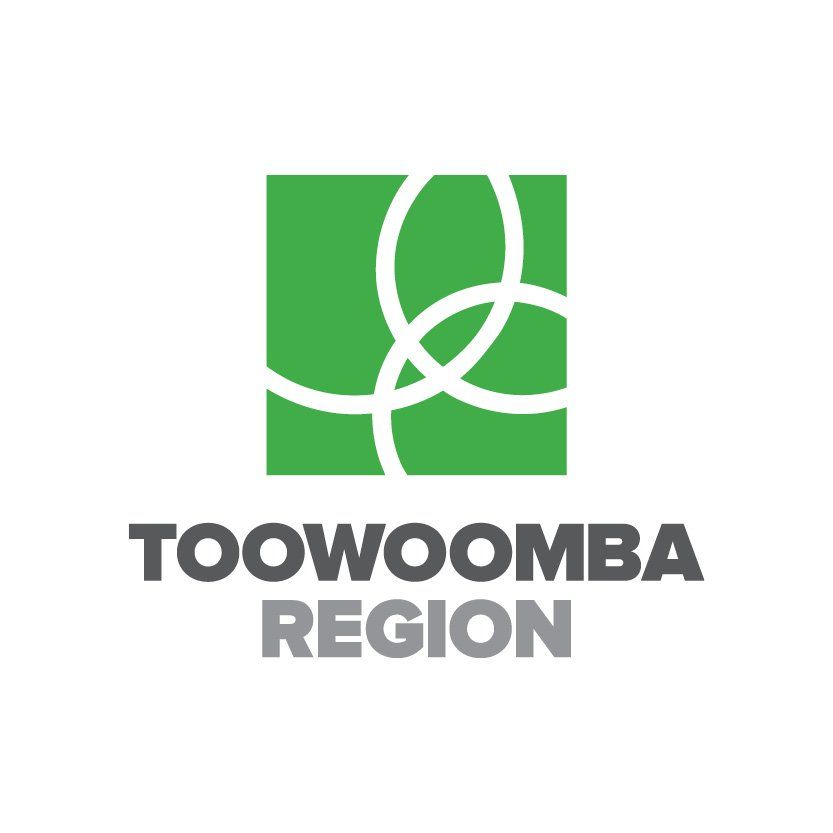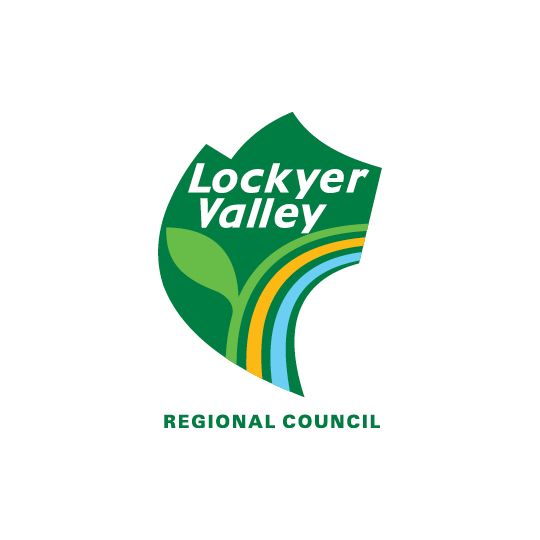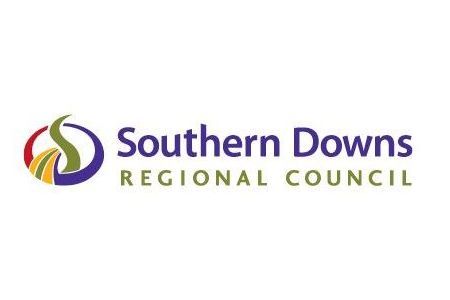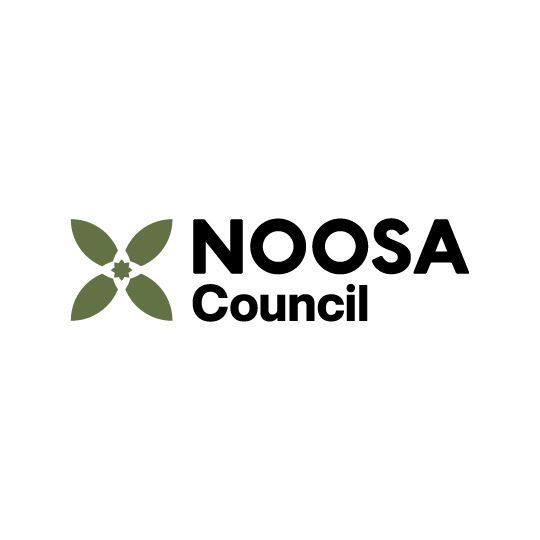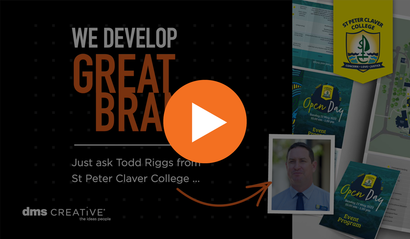By Mark Ebenestelli
•
October 24, 2022
In the current economic environment, things change so fast that it can feel impossible to make a plan and stick to it. Whether it’s supply chain disruptions or changing market conditions, businesses of all stripes are facing new and unprecedented challenges on an almost quarterly basis. But the reality is that competition for customer attention – and customer dollars – has never been tougher. It might be hard to plan, but as the saying goes “Failure to plan is planning to fail.” If you’ve got sales targets to meet, you need to fight for customer dollars. To fight for customer dollars, you need to support your team in making sales. You need to use every tool in your kit to reach, understand, resonate with, convert, and retain customers. And to do that – you guessed it – you need a plan. Before you object, hear this: planning doesn’t have to be complicated, and it doesn’t have to encompass everything you’ll do for the next five years. Your plan to support your sales functions (i.e. your marketing plan) can – and should – be tailored to your business as it is today. In essence, it should focus on where you are now, where you want to get to, and steps on how you’re going to achieve it. Here are some of the ways you can plan to support your team to grow sales and maximise your revenue. Marketing Collateral In a digitally connected world, it’s easy to underestimate the importance of marketing collateral. But make no mistake: collateral remains one of the most effective ways to fill your sales funnel from the top. Signage, vehicle wraps, flyers, packaging and brochures all help to raise brand awareness, improve recognition, and inform customers when they’re not in the same room. Graphic design plays a crucial role in making these marketing materials visually appealing and effective in getting the message across. When you’re laser-focused on making sales, these top-of-funnel activities might seem low-priority. But if you limit your marketing efforts to the bottom of the funnel – converting hot leads into purchasing customers – you’ll also limit your audience reach, and consequently, your future revenue. To use a sales term: build a pipeline! Consider the AIDAS model of the customer buying process. This identifies five unique stages through which customers cycle in the process of buying a product or service: awareness, interest, desire, action, and satisfaction. To keep your pipeline flowing, you need to engage customers who are entering this cycle at every stage of this process and nurture them through to the purchasing decision. You can do this by utilising an array of marketing collateral that will reach potential customers at every touchpoint, including offline, for each product or service you sell. Marketing collateral doesn’t just ensure you’re attracting new leads through building awareness – it also allows you to reach customers at every touchpoint. Email marketing Where marketing collateral is a ‘top of funnel’ activity allowing you to engage new customers, email marketing, as part of your digital marketing strategy, sits in the middle. The middle of the funnel is where you build engagement and trust with audiences whose attention you’ve already captured to move them through the funnel, build purchase intent, and nudge them towards the purchase decision. Email subscribers have already become aware of your brand, and have developed enough interest to sign up to your email list. The task of email marketing is building on that awareness by distributing content demonstrating you understand their pain points, interests and needs. Email offers a unique opportunity to serve relevant, targeted content to specific audience segments to deepen that trust and understanding. The better your prospective customers feel that you understand their needs, the more likely they are to purchase a solution from you. Content Strategy The word ‘strategy’ can strike fear into the hearts of business owners and marketing decision makers, who are often so busy doing the work that they hardly have time to plan it. But the time you invest in creating a content strategy will deliver significant returns in time saving, customer engagement and process improvement. The goal of any content strategy is to create and distribute content aligned with your audience’s interests, needs, and pain points. Well-planned, strategic content shows your audience that you see them, understand their goals and pain points, and can deliver a solution that makes their life easier. Straddling both the new and existing customer segments, a content strategy allows you to support your sales functions by tailoring content to what customers need at each stage of the cycle to progress further. Moreover, it ensures that your work on content supports your business goals, improves your internal processes, and helps you maintain a high level of quality and relevance across all your content. Momentum The most effective marketing strategies build up from ground level and compound over time into a coordinated, multi-channel attack on the market. As you add more marketing activities to more consumer touchpoints, interconnected activities complement each other and your marketing campaigns gain momentum. Momentum supports your sales functions by enabling you to maintain consistency - of publishing schedule, of customer communications, of progress towards goals - even if something changes on your team or in your industry. So how do you build and maintain momentum? Here are a couple of sure-fire strategies. Make a plan - even if it’s short-term We’ve said it before and we’ll say it again: don’t let the fact that the plan might need to change be a reason to not actually plan! If things are changing in your industry every quarter, create a strategy that focuses on short bursts of activity and build regular reviews into your plan. That way, you’re prepared to pivot or adjust, but you’re also working according to plan. Diversify across channels The most effective marketing campaigns ensure customers see your brand and messages many times, in many different places. Don’t rely on a single channel to achieve your sales targets: work across collateral, social media , website , email and more. For example, if you post a blog on your website, capitalise on it by sharing on social media and talking about it in your e-newsletter. So, don’t let the challenges of today’s economic environment stop you from achieving your business goals and meeting your sales targets. Create a plan to support your sales functions that aligns with today’s market conditions, your business objectives, and the customer buying process. Interested? dms CREATiVE is the go-to marketing agency in Toowoomba. We’re dedicated to ensuring you get the best returns on your investment in marketing. We can help you develop a game-changing content strategy that supports your sales functions and use it to catapult your brand to the next level. Get in touch today to see how we can help.








